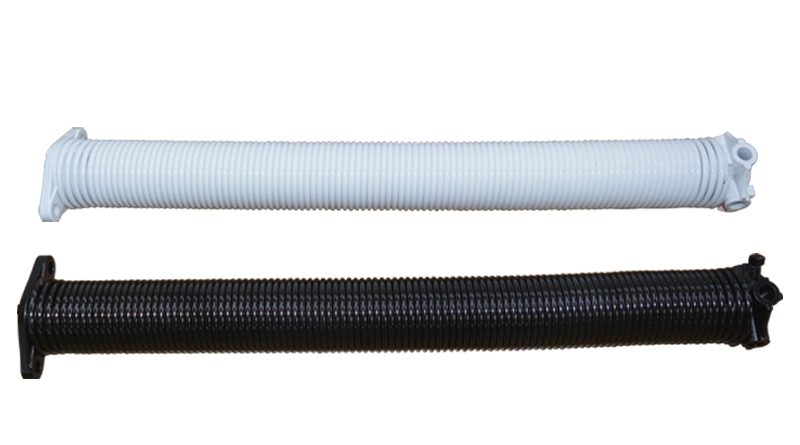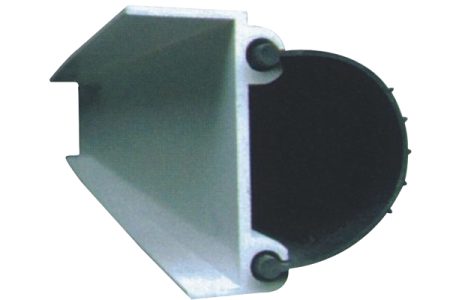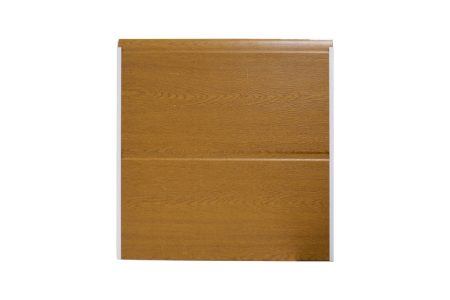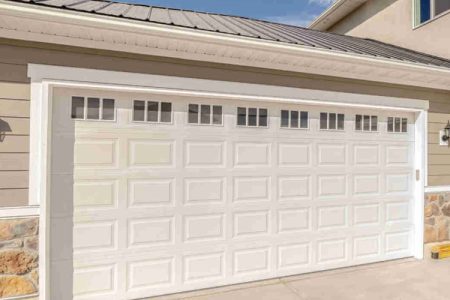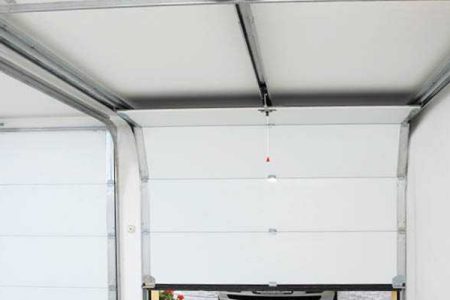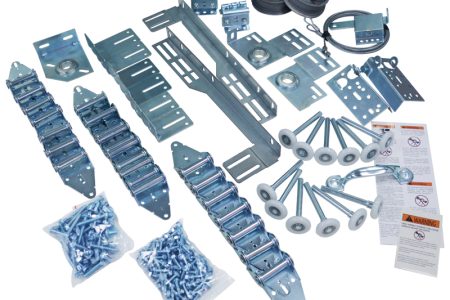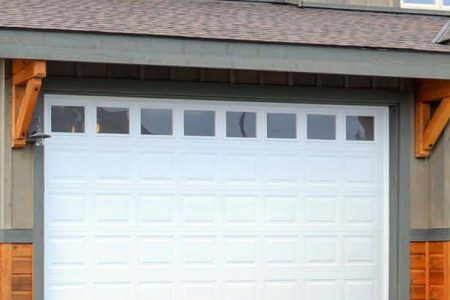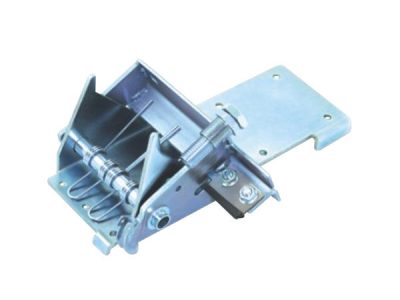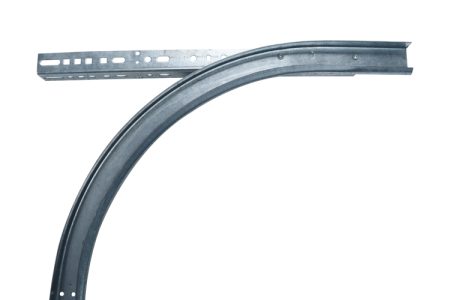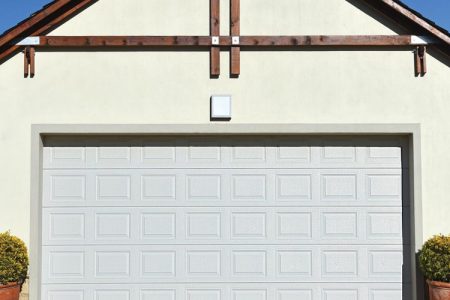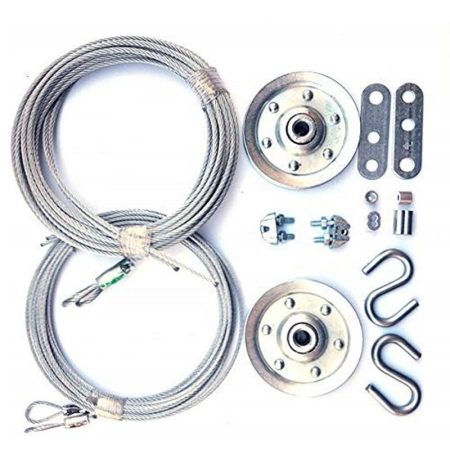What Does a Garage Door Spring Do?
Garage door springs do the heavy lifting. They make it easy for garage doors to be lifted by counteracting the force of gravity on the door. Springs also act as safety mechanisms to stop garage doors from suddenly falling.
Garage door springs fall into two major categories: extension springs and torsion springs.
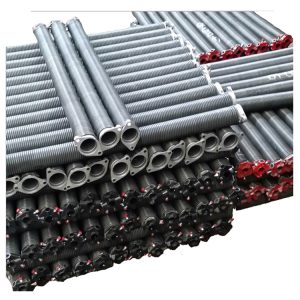
An extension spring system is mounted on either side of the garage door track. They are around two to four feet long. Extension springs store energy by extending when the door is moved.
There are three types of extension springs:
Open-looped extension spring
Double-looped extension spring
Clipped-end extension spring
Extension springs can result in a jerking motion and can move at erratic speeds depending on the level of force used during the opening.
When an extension spring breaks, it will snap off and hit something or someone at a considerable force. Snapping extension springs have been known to cause severe injury and even death.

Torsion springs are mounted on a torsion pole and located parallel to the garage door, directly above its opening. Depending on its size, it can have one to four torsion springs.
Both torsion and extension springs work similarly. They use weight and gravity to gain and release tension when you open and close your garage door.
The only difference is that torsion springs twist when the door closes. When the door opens, they release energy by twisting in the other direction.
Torsion springs are considered the better option as they are sturdier and last longer. Although they are more expensive, torsion springs allow for more controlled motion and less wear on your operator.
If you want know more, please contact us in our website.

